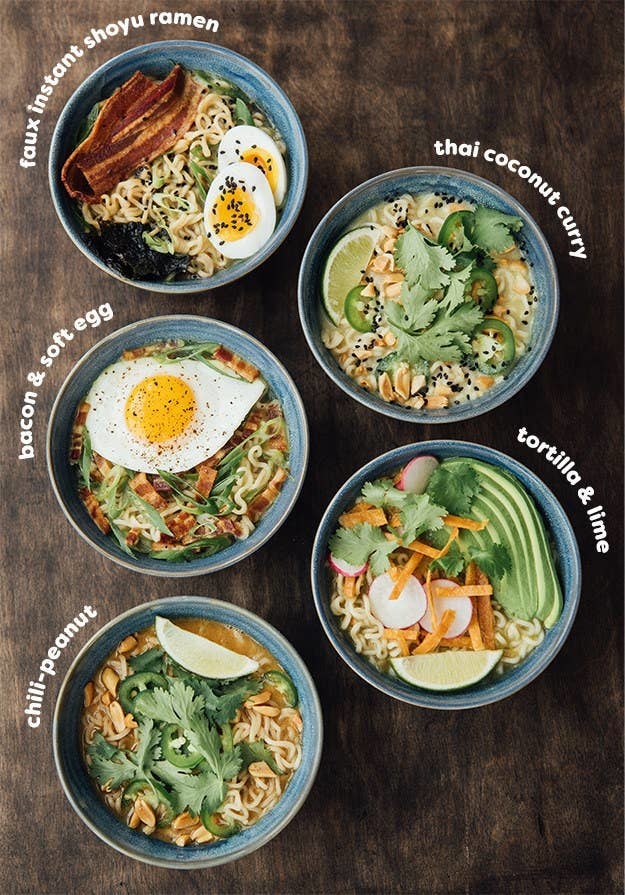1. Cook in season — that way you'll end up with the freshest, most flavorful ingredients (that means no caprese salads with sad, hard winter tomatoes) and it means you can save money and go greener by shopping locally.

2. Before you start cooking, prep your ingredients and put them in little containers or glass bowls (this is called mise en place) — that way you won't ever forget an ingredient or accidentally add the wrong amount.
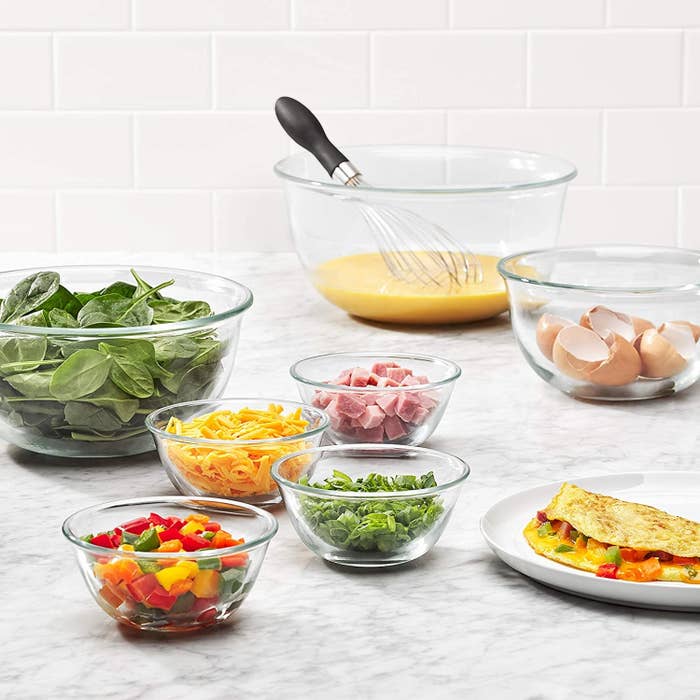
3. When making stir-fries or cooking in a frying pan, don't add garlic too early — it might burn or brown too much. Toss it in toward the end to let the flavor bloom quickly!
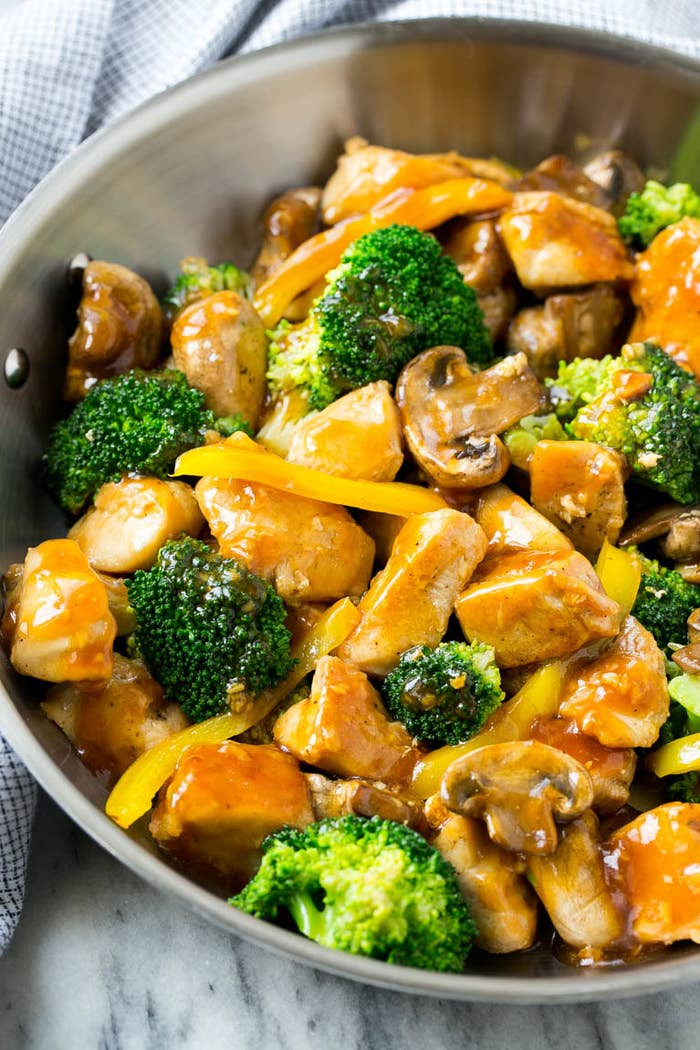
4. Season your food as you go, and when you do, sprinkle your salt from high up — that'll ensure a more even distribution and no salt stuck in a certain area (and therefore no weirdly salty mouthfuls when you finally dig in).
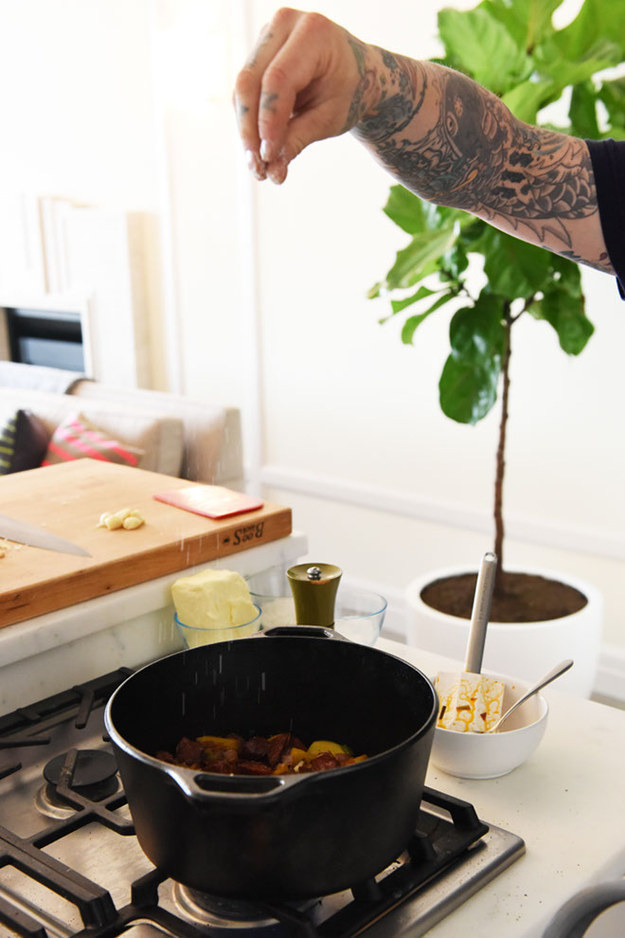
5. And use the right salt for the right thing: Cook with kosher salt (not table salt) for a more even flavor, and finish with TikTok-loved Maldon flakey salt for texture *and* flavor that'll *really* impress your guests.
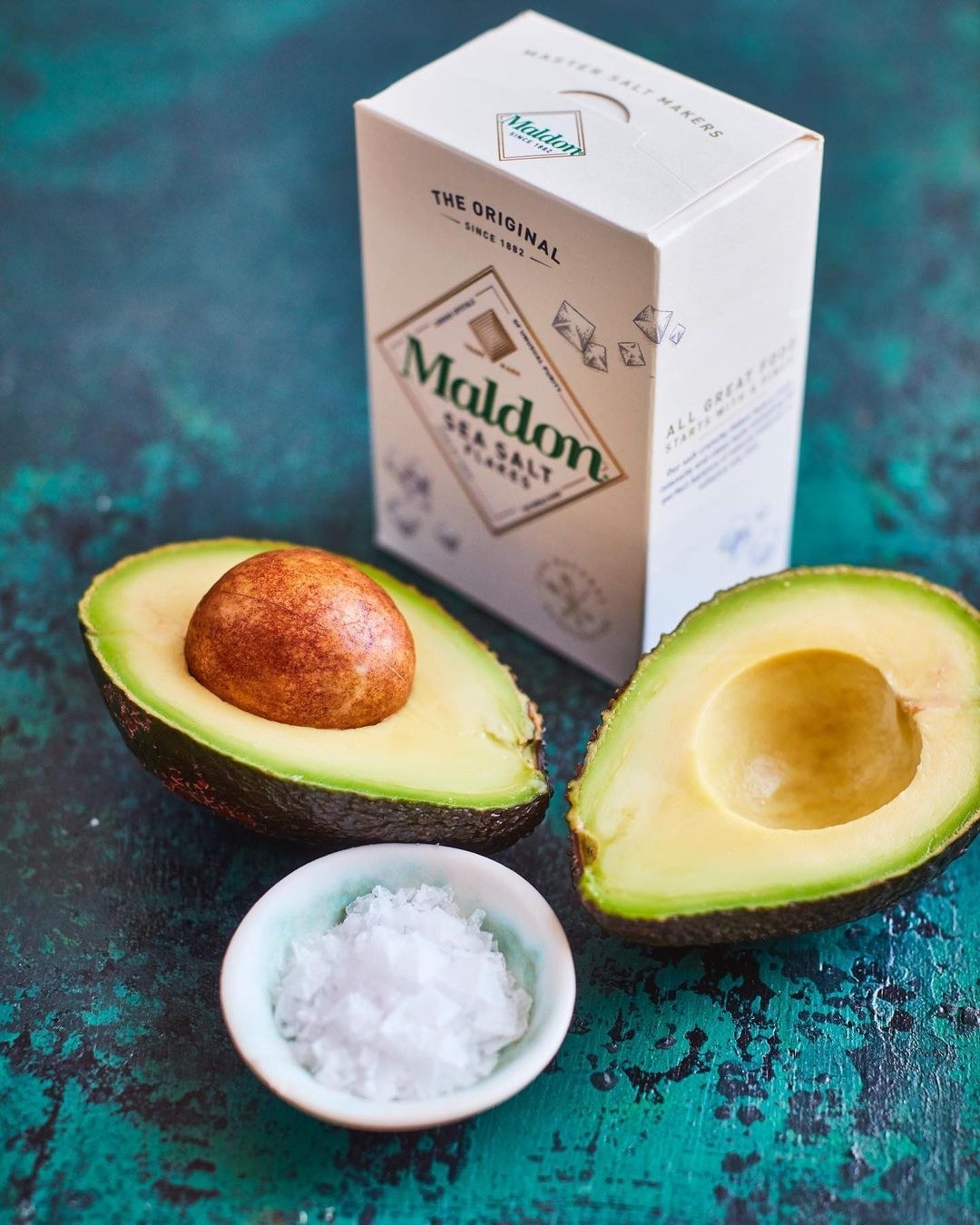
6. If your dish tastes just...not quite right, or a little bland, don't add salt. A hit of acid, like lemon juice, can add brightness, especially for creamier dishes.

7. Speaking of citrus, when zesting a lemon, use a micro-grater to remove only the top layer of skin, and try not to get too much of the white stuff (it's called the pith). You get all the delicate citrusy flavor with none of the bitterness!
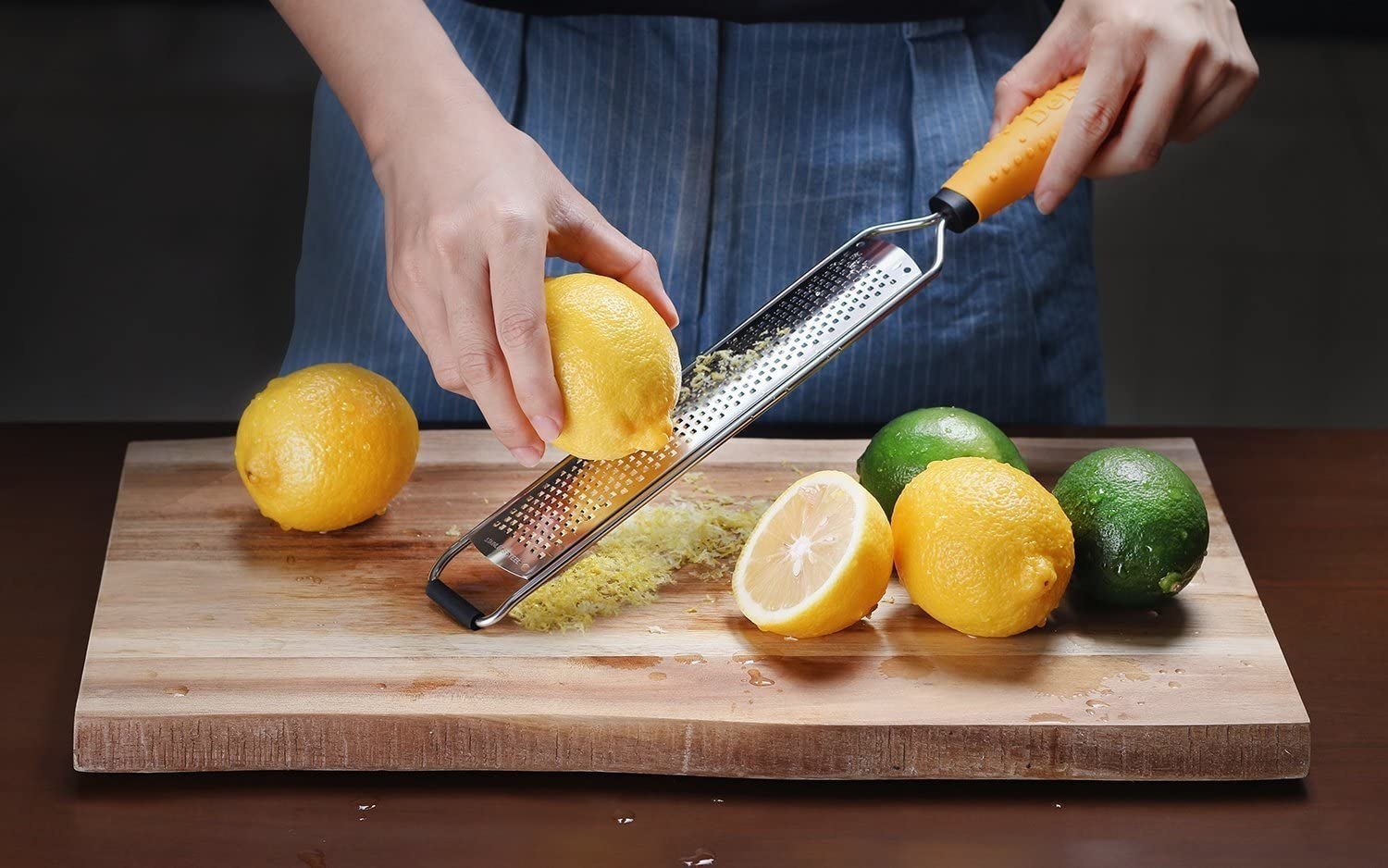
8. Don't shy away from herbs and spices — they make all the difference between meals that are bland and meals that are bangin'.

9. And pro tip: Keeping your spices *actually* organized is the best way to make sure you don't add cumin when you meant to add coriander.
10. Try a meal kit subscription for a set period of time (even just a couple months) to add new recipes, techniques, and ingredients to your routine — and keep cooking the recipes you like after!
11. Know what kind of pan to use for what meals — cast iron for things you want to get a nice crust on (more on that in a bit) and nonstick for things like eggs or pancakes (foods you don't need to crisp up or sauces you don't want to get burnt on).
12. Don't let the idea of seasoning and cleaning cast-iron pans intimidate you; they're one of the most versatile tools in your kitchen. Use them on the stove, pop 'em in the oven. They're basically indestructible — we're talking magic pans, folks.
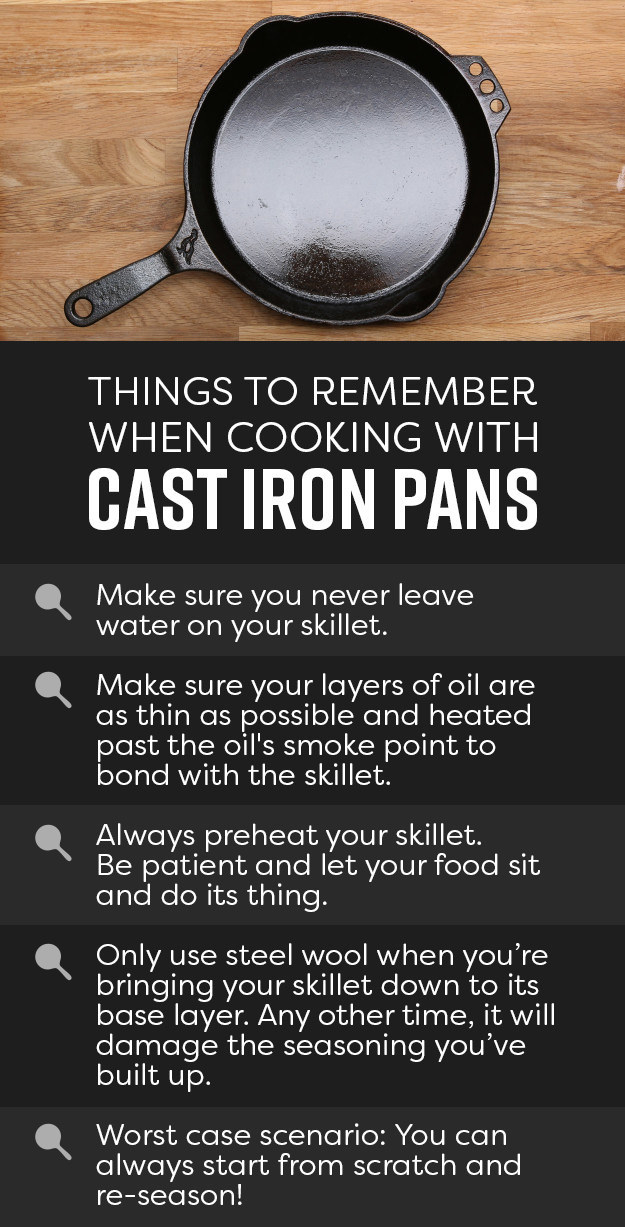
13. Stop overcrowding your pans. I mean it! The heat won't distribute evenly, and you won't get those lovely caramelized bits — no one wants bland chicken thighs.

14. As one culinary school grad suggests, treat heat like an ingredient — don't use high heat when you want to go low 'n' slow, or keep your pan on a simmer when you're trying to develop a nice crust.
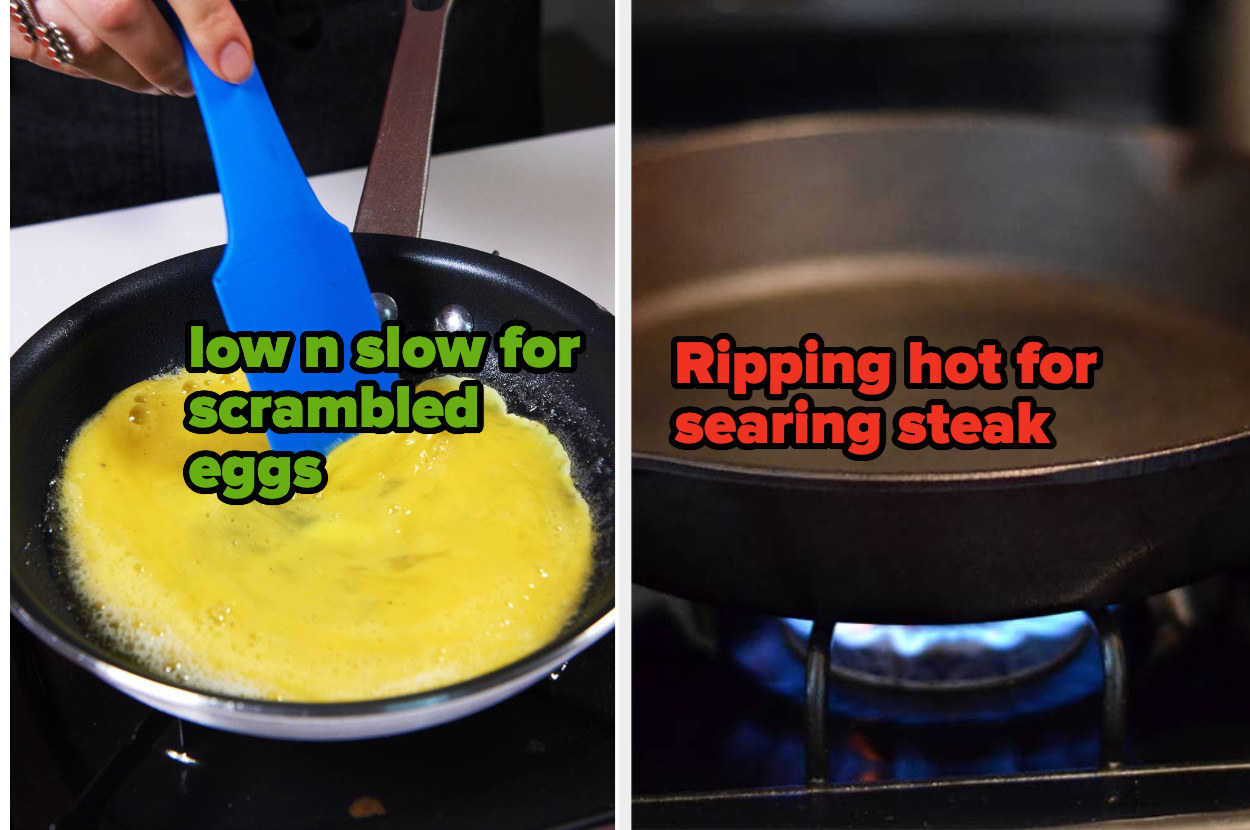
15. Dry your meat before cooking it and *don't keep moving it around* — excess moisture and movement will keep the ~Maillard reaction~ from occurring (that's how you get that delicious golden-brown edge) — and once whatever you're cooking is done, it'll release itself from the pan.
16. Once you've got that *perfect* brown sear in your ripping-hot pan, take your steak to the next level by basting it with butter, garlic, and herbs — I mean is there any better combo?
17. Keep under- or overcooking your meat? Keep a cooking temperatures guide for reference, and invest in a good meat thermometer to check *without* cutting into your meat (that's how you lose all those good juices!).
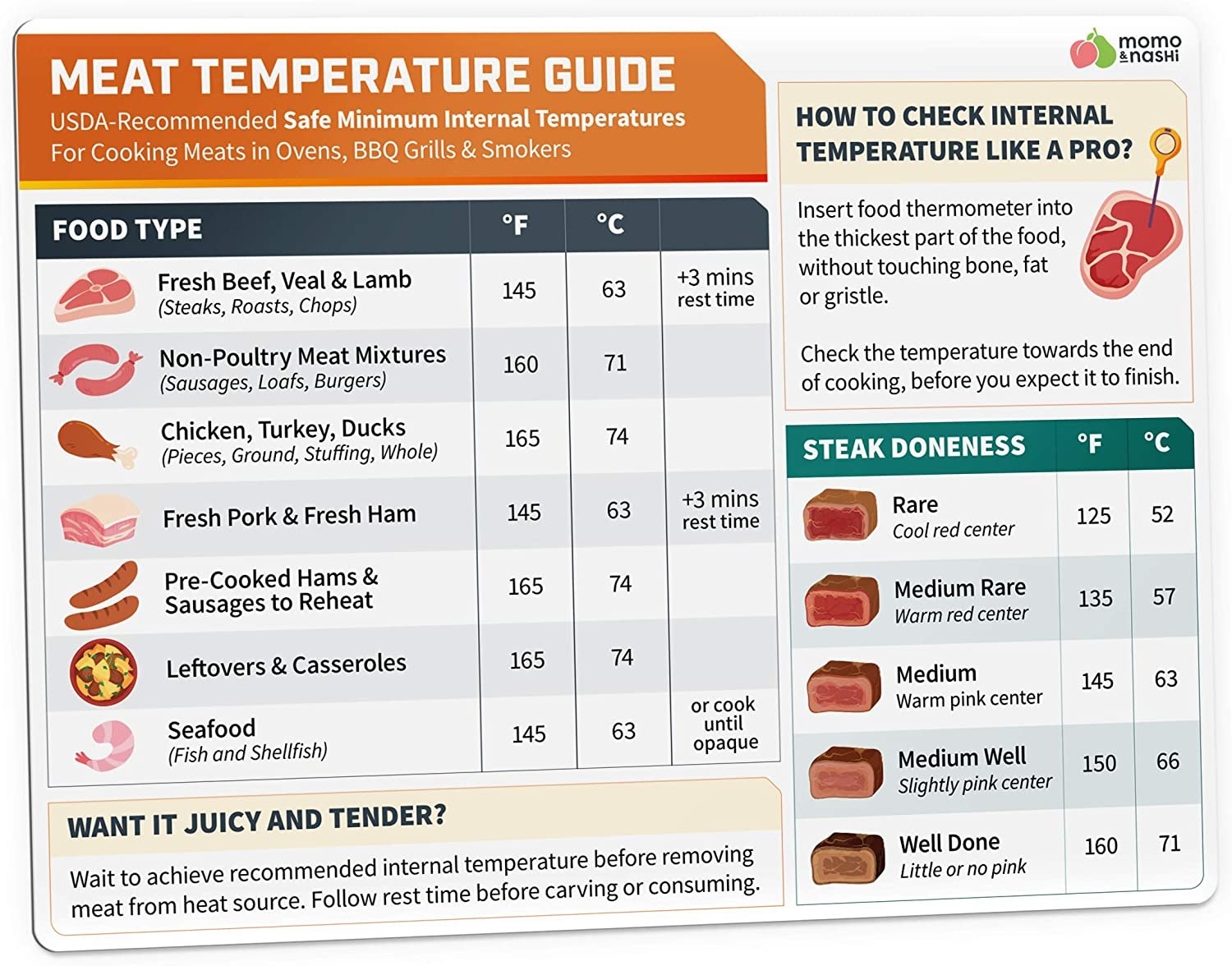
18. But if you don't have time to grab one, in the meantime try the ~meat doneness hand test~ for perfectly pink results every time.
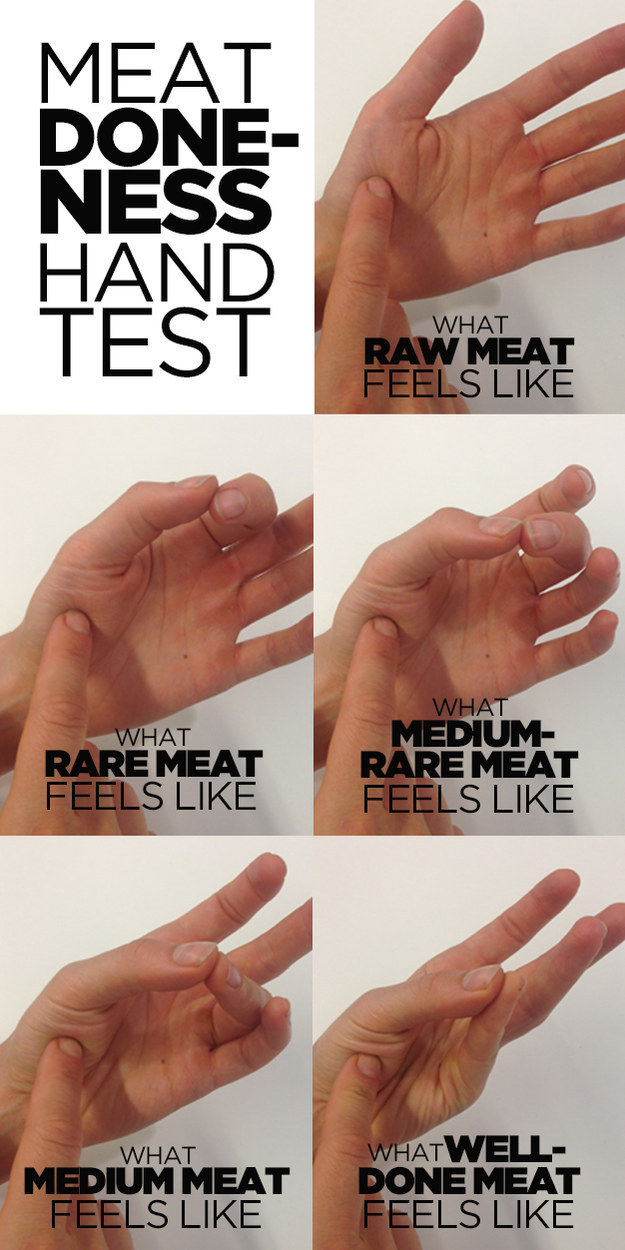
19. And on that note, you need to let your meat rest after cooking! It helps the juices settle and get reabsorbed, so they don't all come running out when you cut in. Mmm, tender.

20. When you've made a sauce, finish it off with a slice or two of *cold* butter (it's a French technique, duh, called monter au berre). It emulsifies to make a rich, glossy sauce you'll swear is from an Actual Restaurant.

21. Use sharp knives. Whether that means sharpening the ones you have or getting a new set, it'll make your chopping skills more precise *and* it's safer.
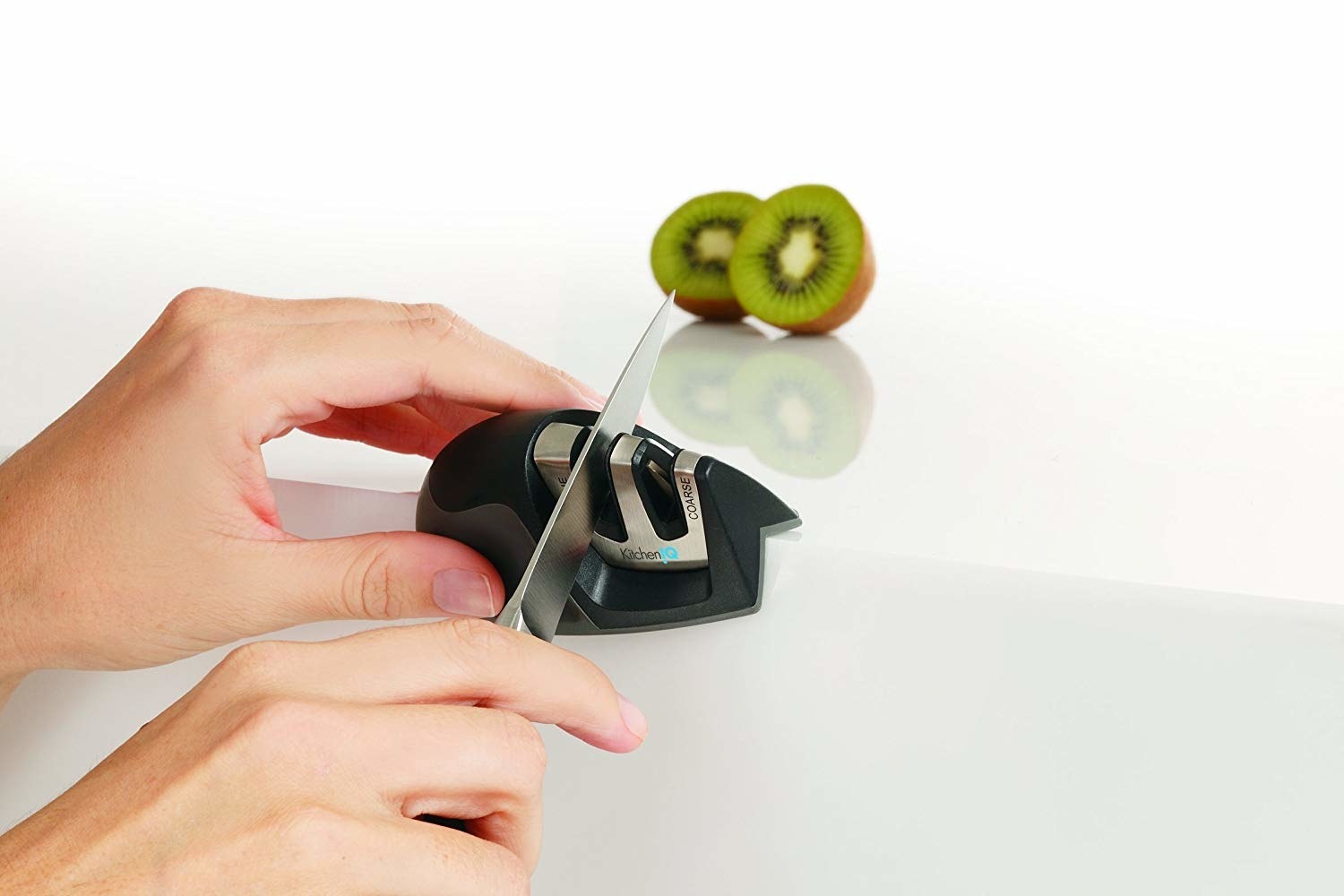
22. When prepping your ingredients for a recipe, make sure you're actually following the chopping guidelines. If it calls for a 1-inch dice, a julienne, or a mince, make sure you know what those words mean.
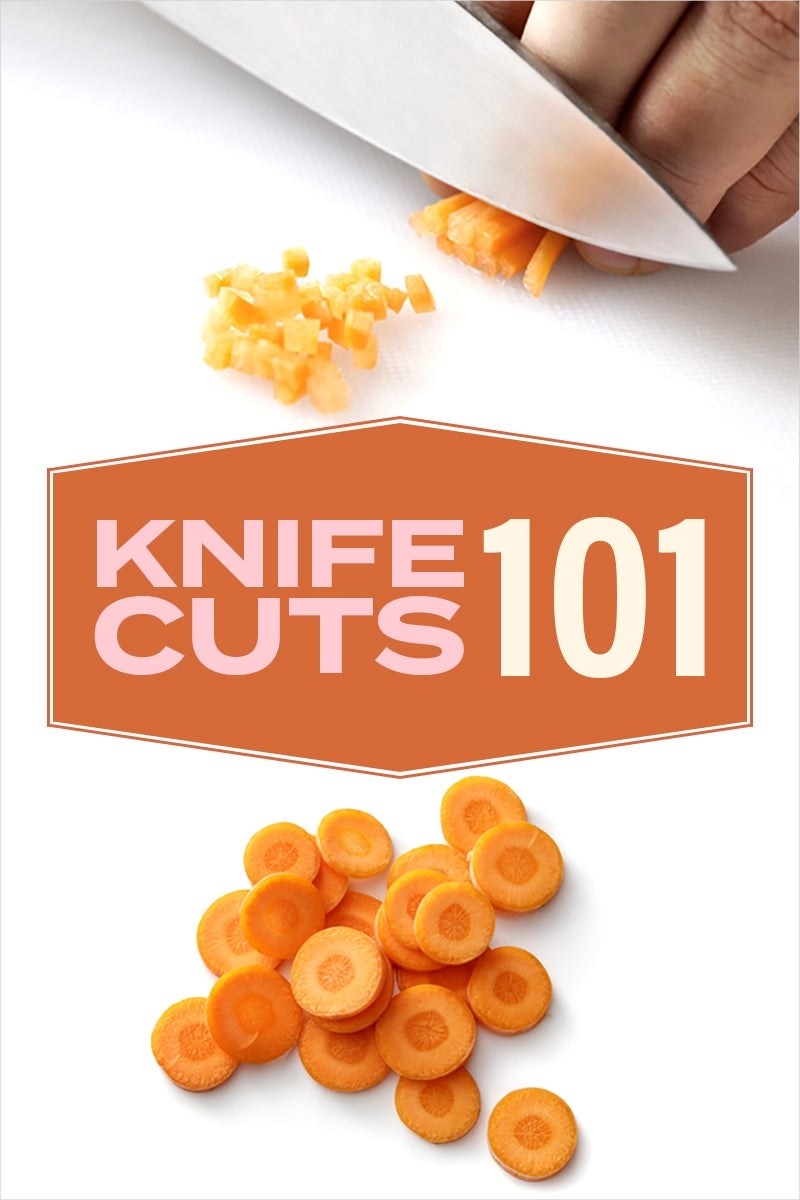
23. Skip the "cooking wine" and only use wine you'd actually drink in your recipes (it doesn't have to be expensive!). Bonus: Finish the bottle with your meal when you're done cooking!
24. At-home pizzas are a great, fun dinner you can easily customize. Whether you're making from-scratch dough or using the premade stuff from the store (also great!) cook your pie on a heavy-duty pizza stone for an optimal crust experience. Ya gotta have that perfect chew.
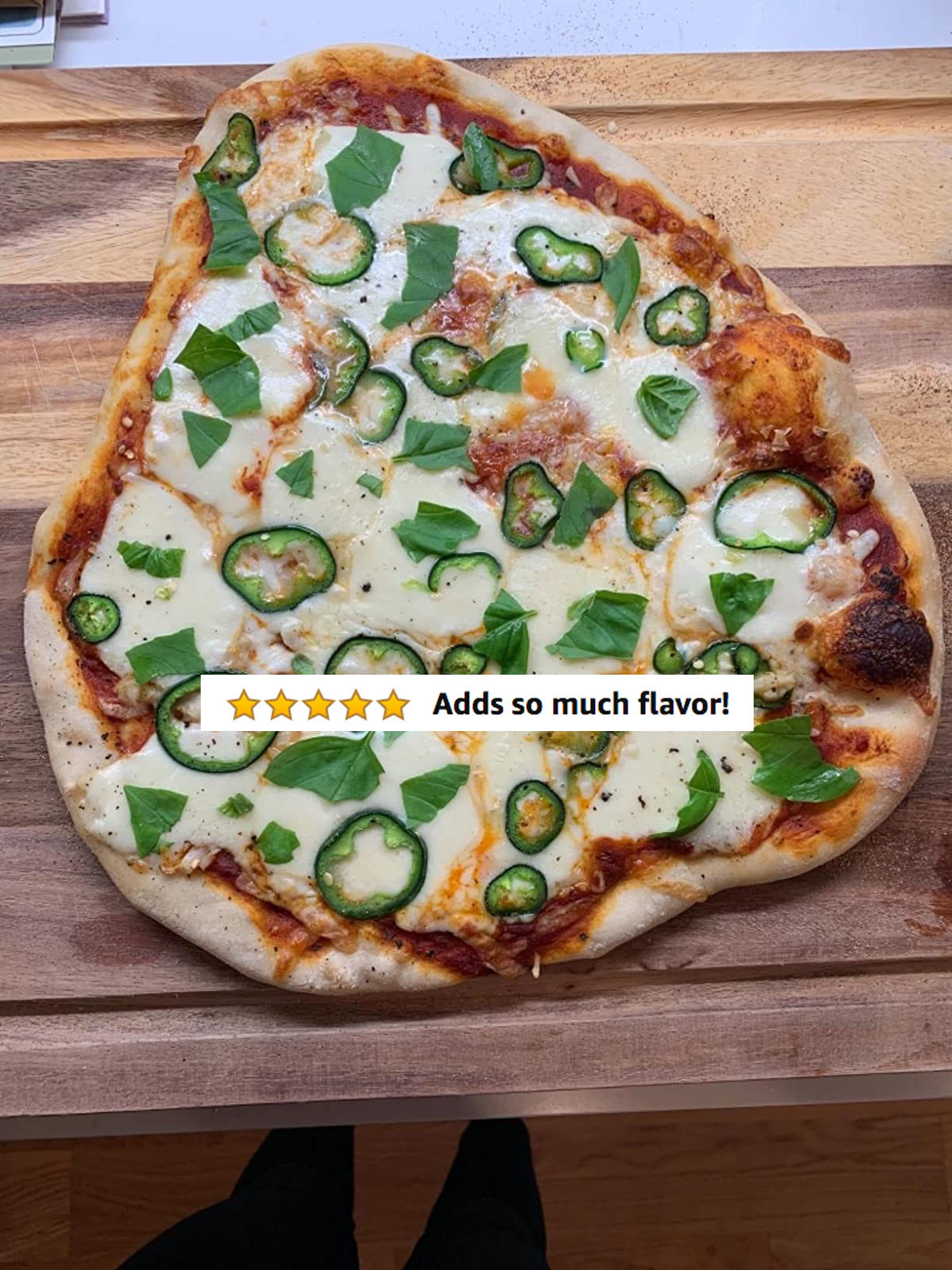
25. Unless you're making risotto, NEVER stir rice while you're cooking it! That's how it goes from fluffy to sticky and starchy.
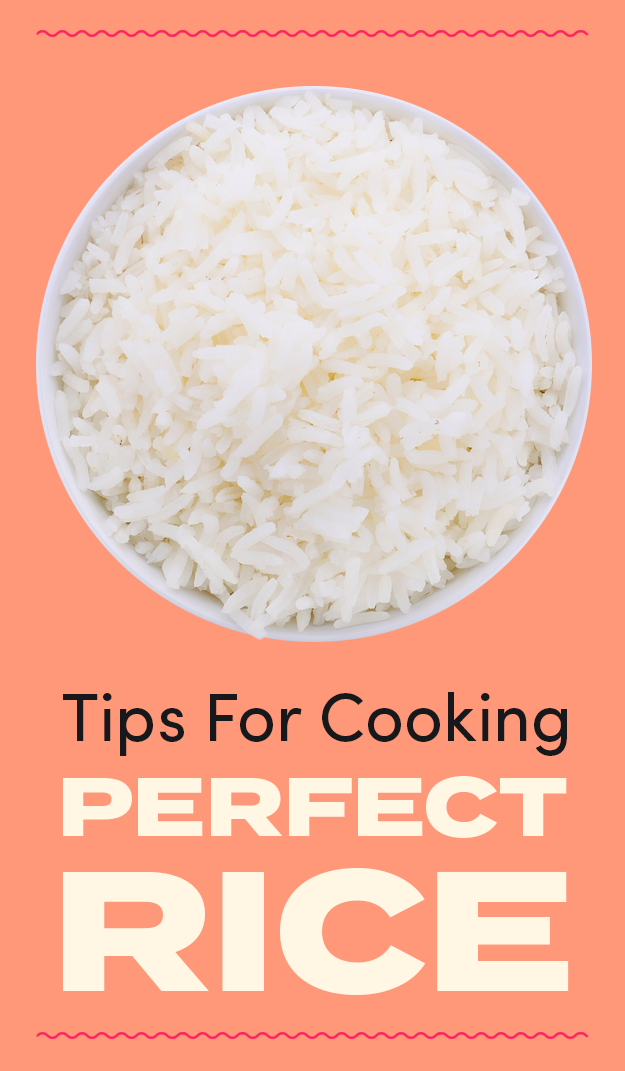
26. When you're making pasta, once it's just about al dente, finish cooking it in the sauce, adding in some of the leftover pasta water. Your sauce will get silkier and will cling to the pasta *so* much better, making for a real Italian restaurant–quality dish.
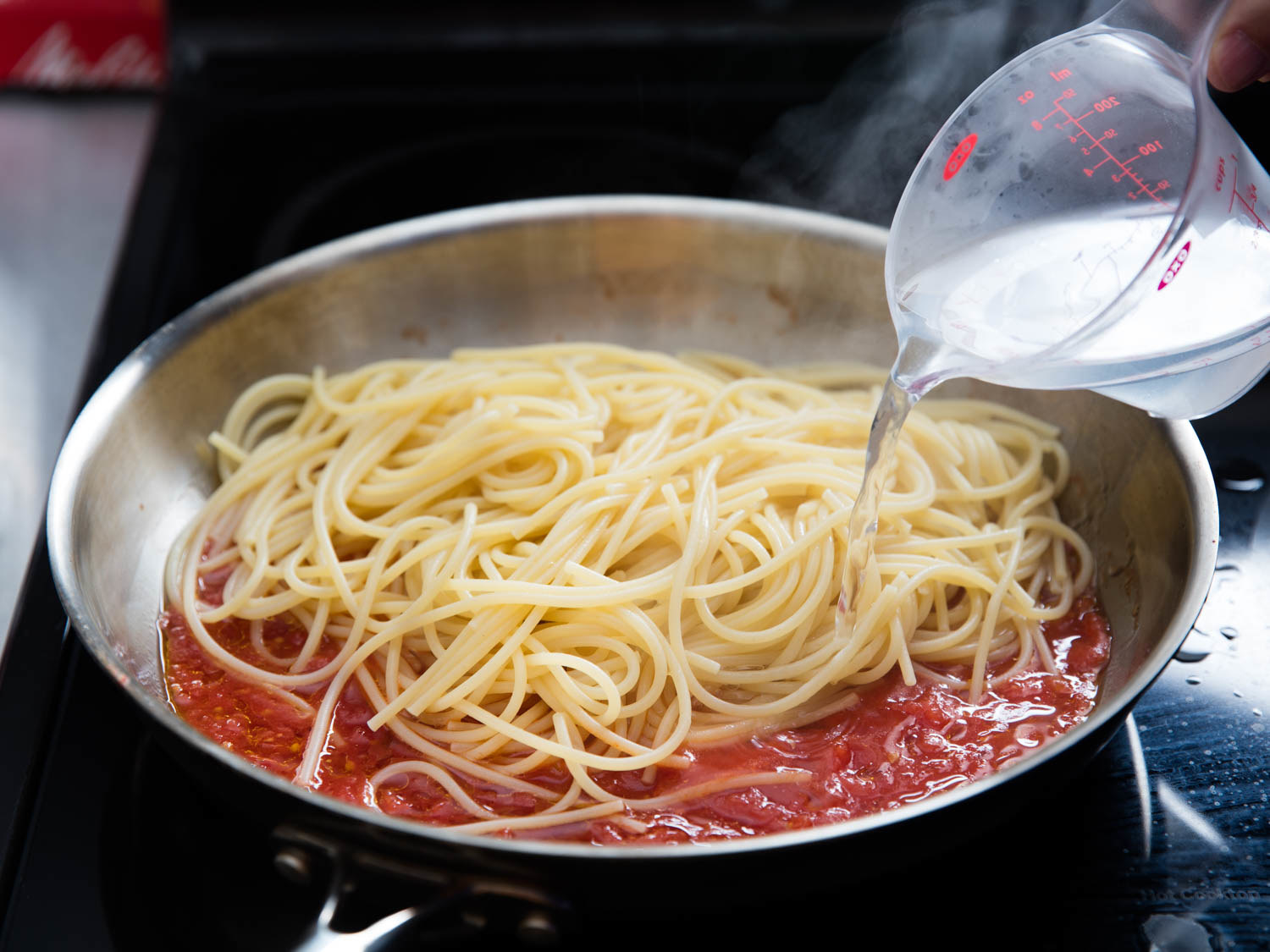
27. And pair the right pasta with the right sauce for the best ~texture combos~.
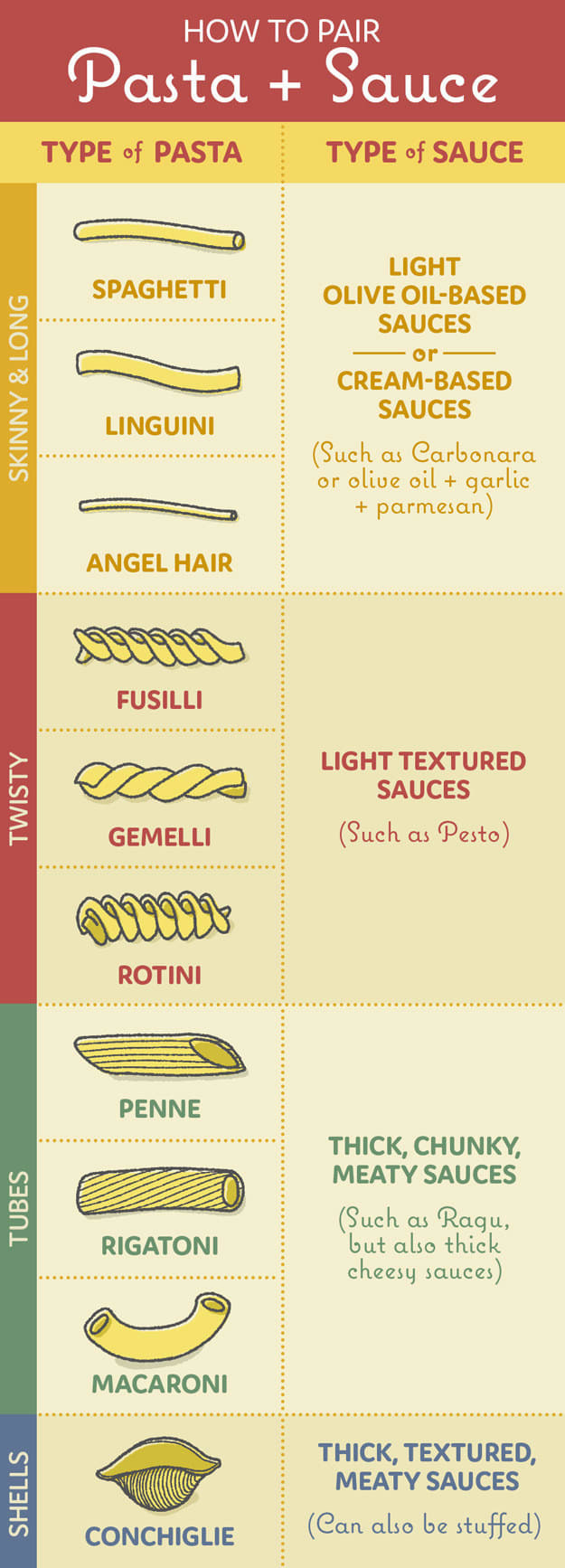
28. Homemade sauces and dressings = always delicious, always impressive. Making your own vinaigrette is as easy as this ratio: one part vinegar/acid, two parts oil.
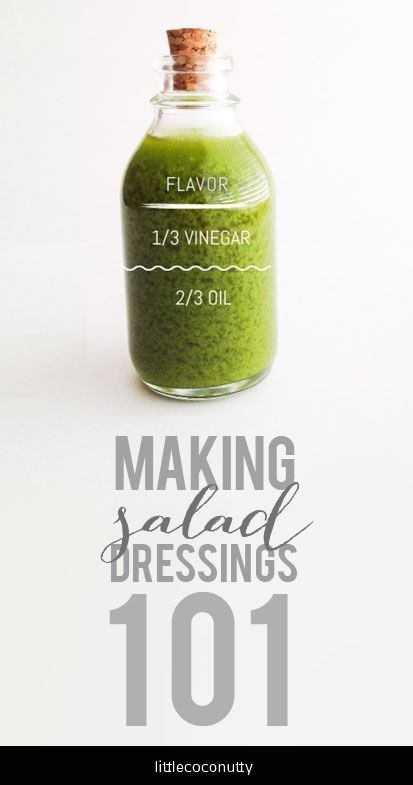
29. BTW, you can just whip one up right in a handy salad dressing shaker with measurements printed on the side, an airtight seal, and a one-handed lever for easy pouring of your very own homemade vinaigrettes and dressings.
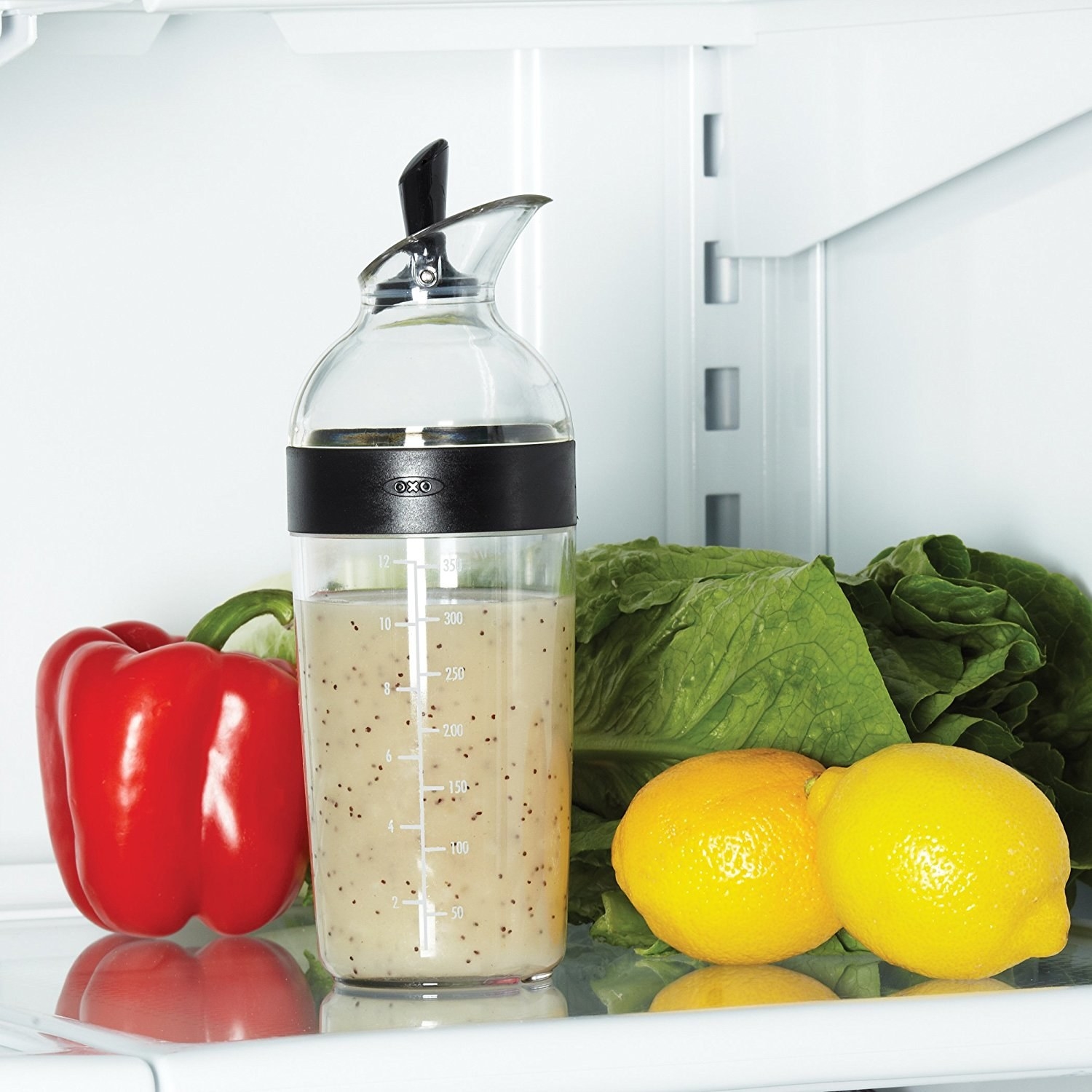
30. If you're getting the hang of using your slow cooker, keeping in mind that the order you add your ingredients is important!
31. Don't sleep on the beauty of the Dutch oven. It's one of the most useful tools you have have in the kitchen for making one-pot dinners (aka tasty meal, basically no dishes), and deliciously flavorful, simmered-all-afternoon stews, chilis, and soups.
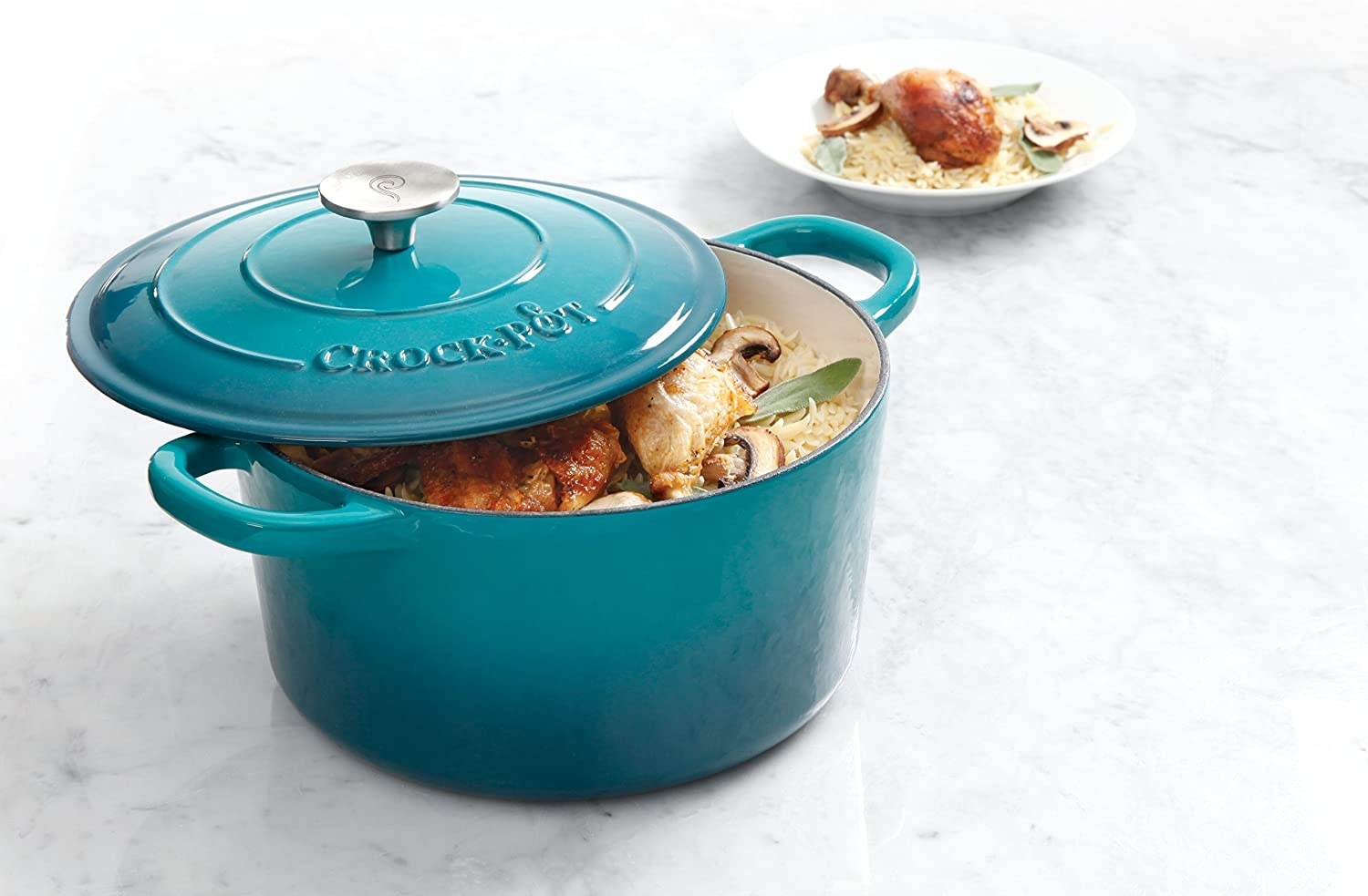
32. Learn how to bake something in ❤️parchment paper❤️ for a no-fuss (and, like, no dishes!) dinner. Yes it's basically the easiest way to cook fish, but you can totally make chicken, shrimp, veggies, and eggs in it, too!

33. Perfect the art of the poached egg so you can top every meal with an Instagram-able runny yolk! The key is to add a tablespoon of vinegar and keep the boiling water swirling around the egg.
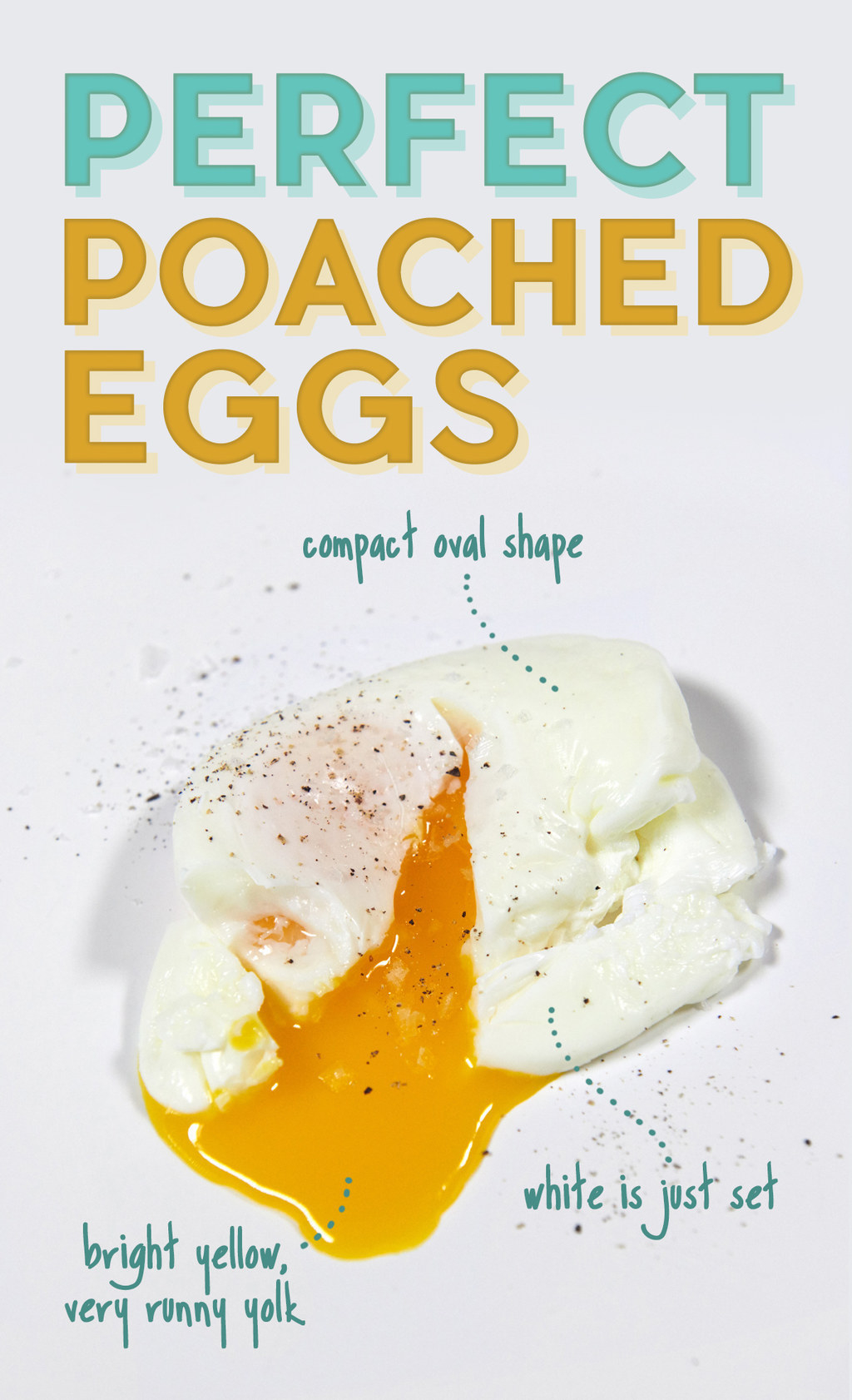
34. If you need help while you get the hang of it, you can try silicone poaching cups with perforations to mimic the traditional swirling method.
35. It's true; some internet-famous kitchen gadgets really work better than traditional methods or are just time saving — and they'll make you a better cook for it! Save your energy for the other stuff, and purchase smarter depending on what you eat the most and how much space you have.
36. Love hard-boiled eggs? Make room for a rapid egg cooker you're sure to think is ~eggsquisite~; it can make hard-, medium-, or soft-boiled eggs, *plus* poached or scrambled eggs and omelets — in minutes, no stove watching.

37. Want crispy tasty foods but don't want to deal with deep-frying? (Same) Invest in an air fryer that's the right size for you and your family. It also is great for reheating leftovers so they taste *just* as good as they day you made 'em.
38. And (you've seen this on on TikTok I'm sure), if you wanna slice tomatoes *without* squishing them, try an internet-famous knife with a dual-edged serrated blade you can use on anything you want to slice up with ease (including loaves of bread you don't want to squish).
39. Got brown bits stuck on the bottom of your pan? DO! NOT! Waste them. Deglaze your pan with a bit of wine or stock to keep building your flavor.

40. Master the one-pan dinner and you're basically already a master chef. All you need is a sheet pan + protein + veggies + salt + oil. That is IT.
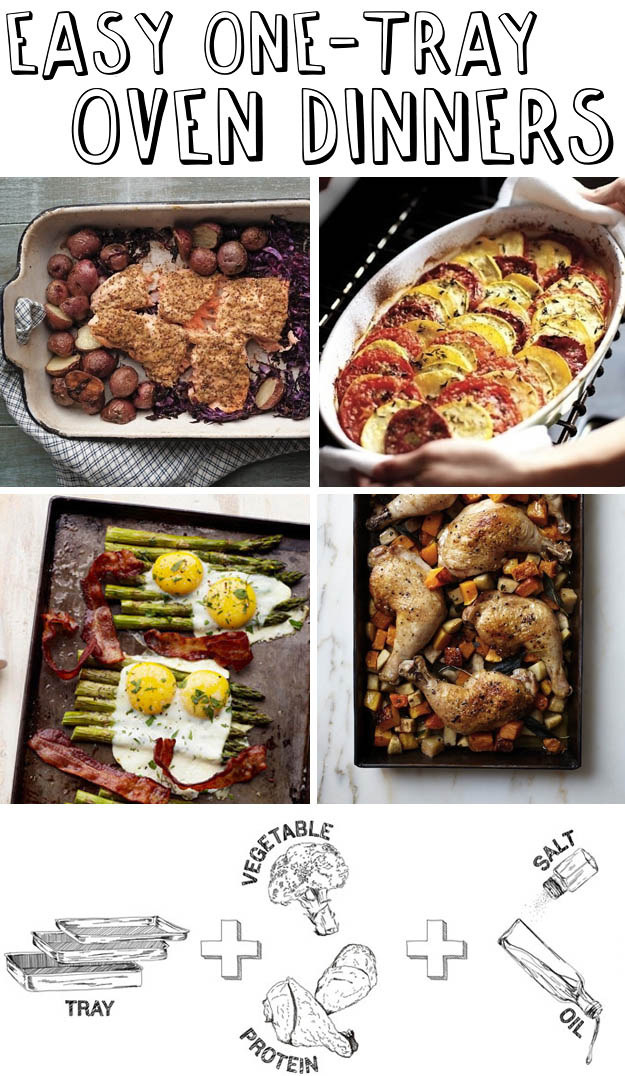
41. If you're cooking only with EVOO, broaden your oil horizons. Extra-virgin olive oil has a lower smoke point, so try other varieties (like avocado oil, which has a much higher smoke point) when stir-frying or roasting.
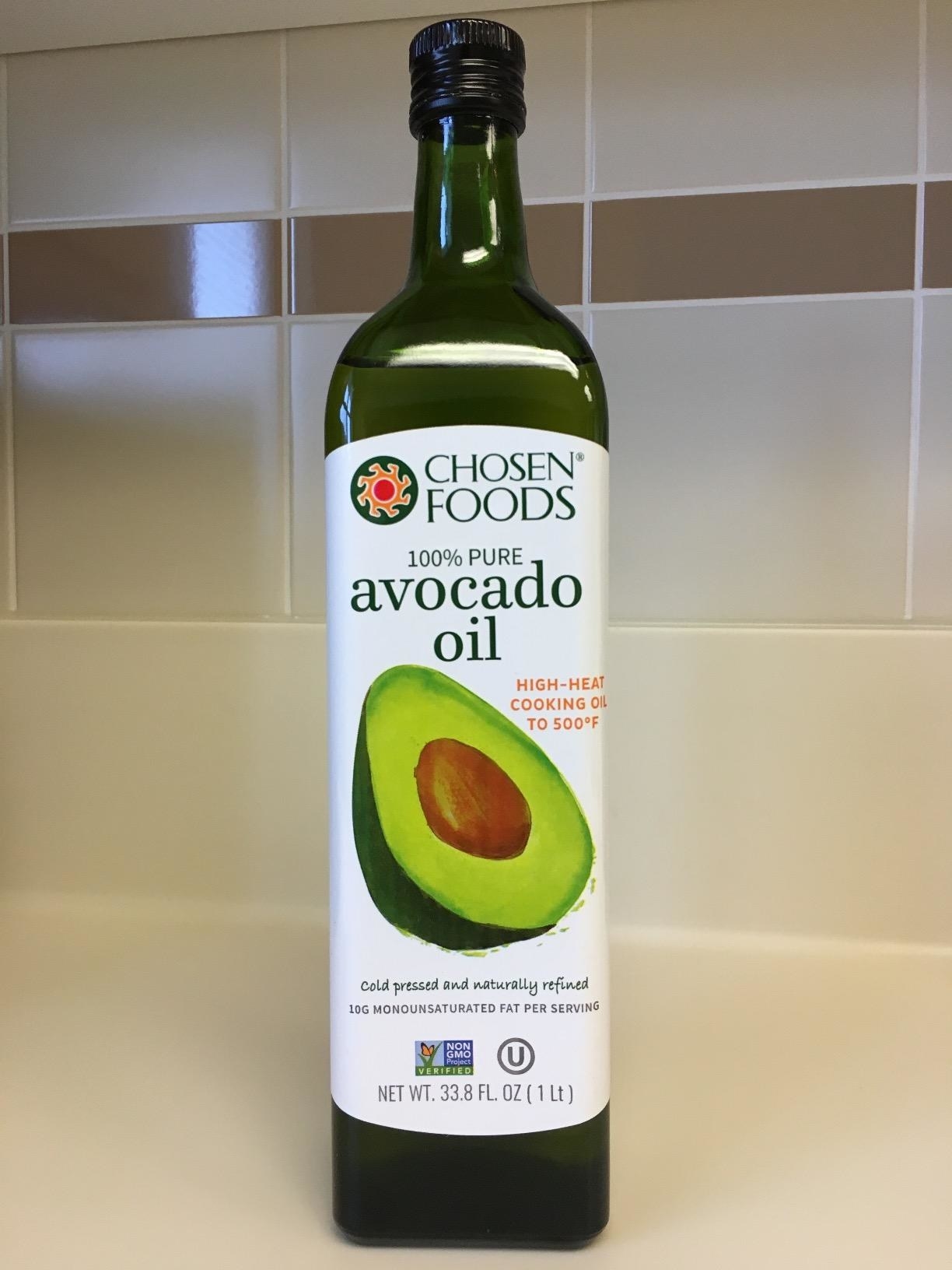
42. You might need a time machine to go back to *yesterday* to mix up a marinade (or take your meat out of the freezer TBH), so to maximize your flavor, match your protein to the chart below to make the most of the time you have.

43. And being a better cook doesn't have to mean spending hours in the kitchen! Master the art of making the perfect grilled cheese by making it with *mayo* instead of butter for a deliciously golden exterior. Now you can always feed a crowd (or just yourself) without having to whip up anything fancy.
44. You can even just upgrade your instant ramen for an easy and tasty dinner: First add a pat of butter (never a bad move), and then customize with your favorite flavors, or just a poached egg. It might even inspire you to mix up the ingredients in your other go-to meals!
